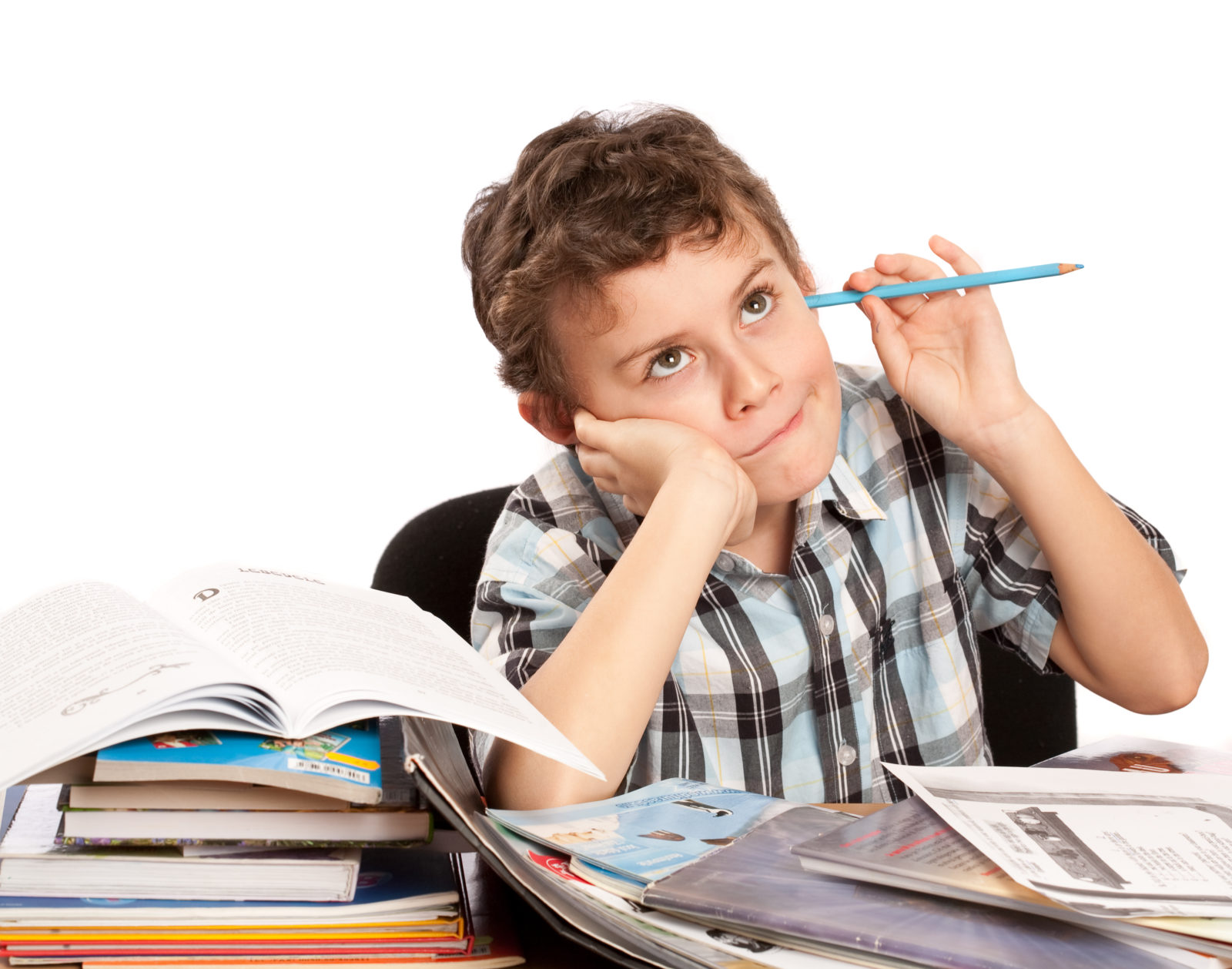Attention Deficit Hyperactivity Disorder or ADHD is a chronic, complex neurodevelopmental disorder that effects a child in multiple ways including success at school and relationships. ADHD symptoms vary by individual child and can be difficult to recognize.
ADHD is a condition that effects over six million children. The average age of diagnosis is seven.
There are three subtypes of ADHD:
- Hyperactive-impulsive
- Inattentive
- Combined
Symptoms vary by age, gender, individual and can change over time. Symptoms must be present in across settings such as school, home and community.
1. Hyperactive-impulsive subtype
Frequently, more boys are diagnoses with this subtype.
- Difficulty sitting still, fidgeting, or restlessness: I have seen these kids in play therapy- they are constantly on the move. A popular accommodation for this is to provide wobbly chairs or yoga balls for children during school or homework time.
- Constant talking: Their behavior is very self-focused often interrupting or having trouble waiting their turns. Kids may have tantrums when they don’t go first during a game. They may also blurt out answers in class or interrupt family members during dinner.
- Touching and playing with objects, even if they are not related to the task at hand: Equipping kids with small, but quiet fidget toys assists children in keeping their hands to themselves. I have seen kids’ listening focus skyrocket when their hands are otherwise occupied.
- Difficulty engaging in quiet activities: Reading, studying, or sitting is a struggle. Allow them to have quiet, calming music in the background. In addition, practicing meditation, starting small, even 30 seconds a day, will slowly increase their abilities.
2. Inattentive subtype
Statistically impacts more girls.
- Missing details and being easily distracted: As previously mentioned, providing fidget toys as an option, can increase listening focus.
- Bored easily, and frequently switch activities: I have seen kids in my playroom engaging in ten various activities during the course of their session.
- Losing items needed to complete a task, such as pens, pencils, or papers: I recommend, walking kids through organizing their supplies at the end of each day. Slowly, over time, this will become a daily habit for them.
- Difficulty organizing thoughts and slow to process information: I advise parents to give directions one at a time, allowing kids a chance to have small successes.
- Daydreaming is a common occurrence with inattentive children: Kids will stare off into space and ignore everything else around them.
3. Combined
Children within subtype have symptoms from both of the above categories.
Comment below and let me know what behaviors your child is currently struggling with.
Most children, with or without ADHD, experience some degree of inattentive or impulsive behavior. But it’s more severe in kids with ADHD.
Accommodations can be made to help these children in succeeding. CONTACT us to discuss ways we can help.

